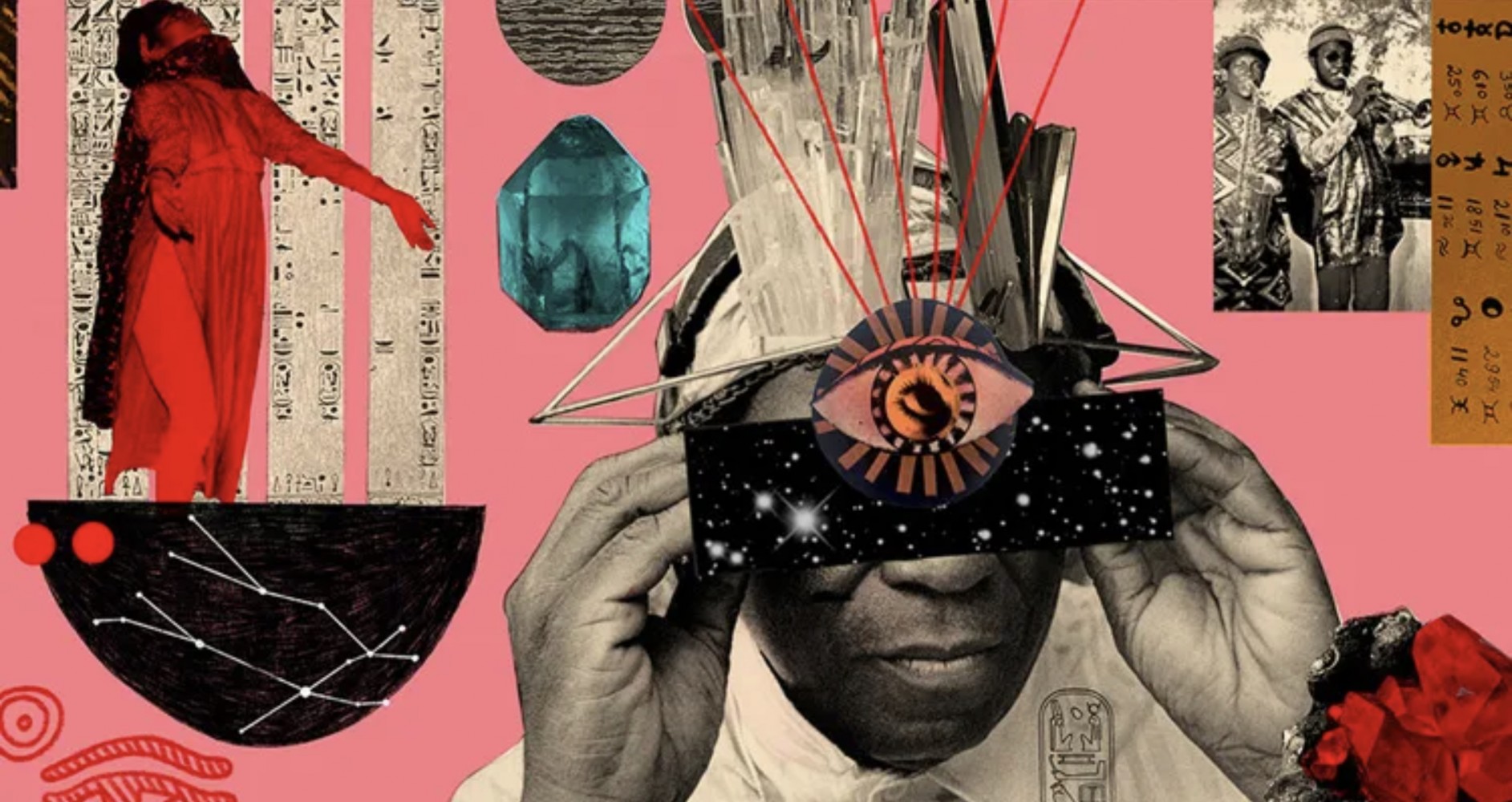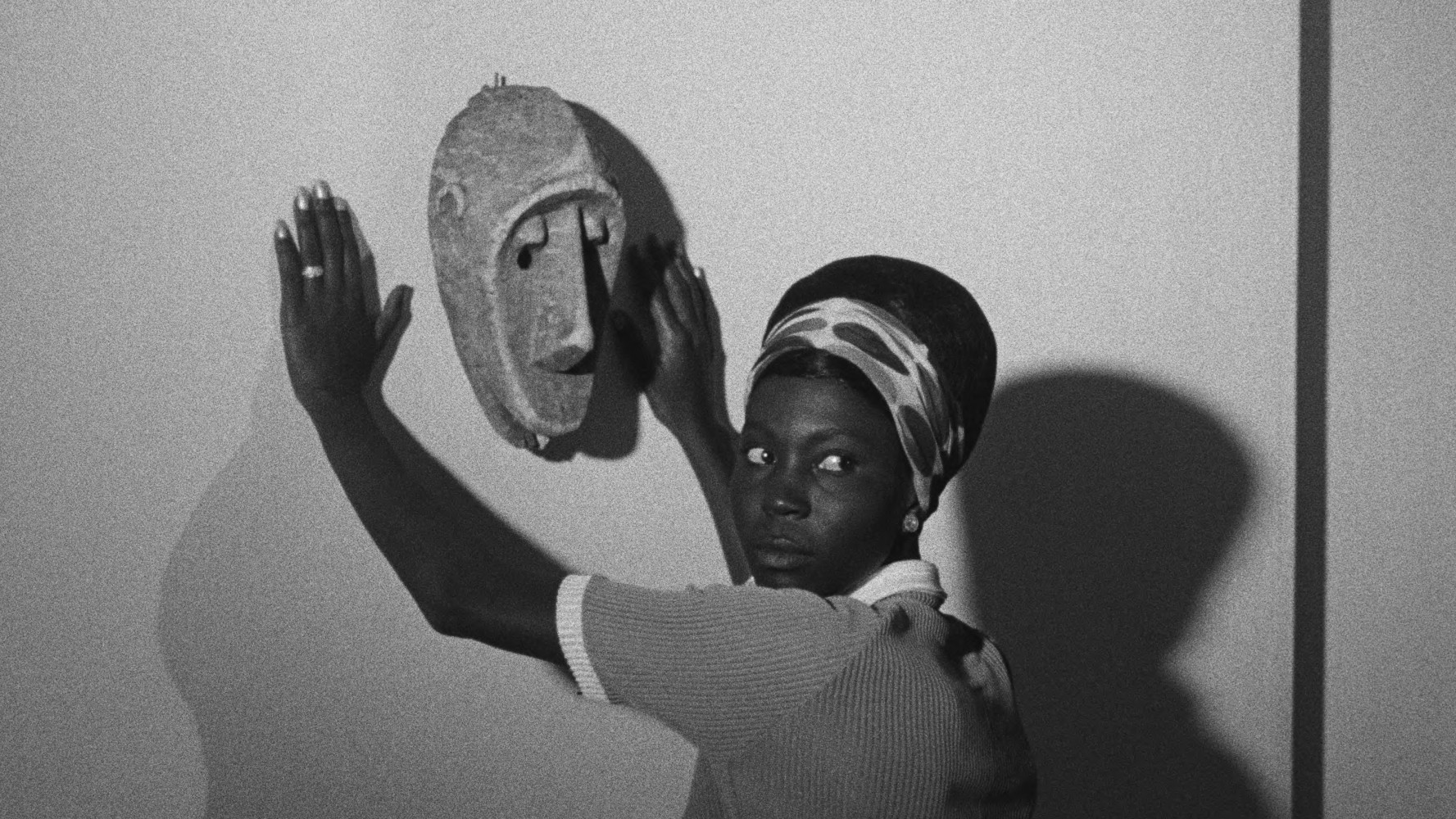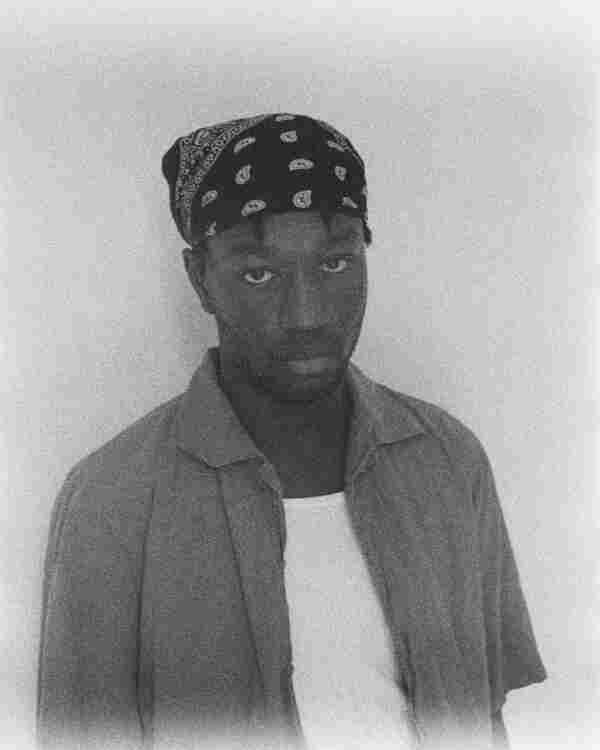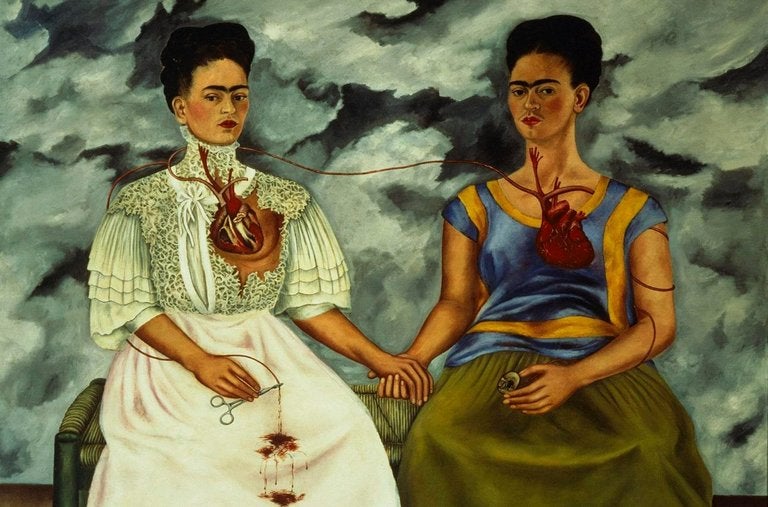Read Time 5 minutes
Introspection & Afro-surrealist cinema
A study of African filmmakers Ousmane Sembene, Fanta Regina Nacro and Nuotama Frances Bodomo. But first, an introduction to Afro-surrealism and African film …
James Baldwin asked in his 1980 article Dark Days, ‘What happens […] when a reality finds itself on a collision course with a fantasy? For the white people of this country have become, for the most-part, sleepwalkers.’ In today’s globalised world this statement resonates beyond the borders of America, and the Afro-surrealist movement offers an antidote to this conundrum. Though the sole objective of Black art should not be to speak to White people, the Afro-surrealist aesthetic finds itself in a rather unique space to convey Black issues through the language of fantasy: a realm Baldwin’s statement suggests White people are all-too familiar with.
The surreal encompasses a dance between the fantastical, the earthly, the whimsical and beyond. It is widely viewed as an aesthetic with immense symbolic power and potential. Whether through stories passed down to us from our ancestors, archived by griots [a member of a class of travelling poets, musicians, and storytellers who maintain a tradition of oral history in parts of West Africa], or in the maximalist Nollywood––pictures of the early 2000’s projected through our TV screens, riddled with lightning and floating orbs––the surreal has always played a central role in African storytelling.
Afro-Surrealism can be traced back to Négritude, a literary framework developed by Senegalise intellectuals in the 1930s. Its many loose definitions allow for Afro-Surrealist artefacts to fall under the umbrella of various different art movements. It uncovers the truths and absurdities of the Black experience through the guise of uncanny and fantastical imagery: from Sun-Ra’s intergalactic croons and melodies to Boots Riley’s spellbinding 2018 film Sorry To Bother You. HOWEVER, when we turn our gaze back to the continent, the acknowledgement and documentation of Afro-surrealist works in cinema [and beyond] begins to dwindle.

It’s important to highlight African filmmakers who played a role in the development and furthering of this movement that is increasingly attracting international praise. Here is an whistle-stop tour of three African surrealist filmmakers and their work.
What happens … when a reality finds itself on a collision course with a fantasy?
BLACK GIRL, OUSMANE SEMBENE [1966]

With its roots in Négritude, tracing Afro-Surrealism back to legendary Senegalese filmmaker Ousman Sembene’s debut feature film Black Girl comes as no surprise. This beautifully-shot black and white film aims to highlight the absurdity of Black life within deeply racist neo-colonial France. It follows a young Senegalese woman Diouana, who accepts a job as a child carer in Nice. In its closing act, the film treads a fine line between reality and the surreal. An object that plays a key role in the film is an African mask. The mask serves as a tool to demonstrate the disconnect between European and African culture. In the opening act, we see a young Senegalese boy playing with the mask. However, once the mask is taken from the boy and given as a present to a French couple, the mask transforms from a child’s toy into an ornament that must be displayed. After driving Diouana to suicide, her French employer returns to Dakar to return her belongings. The child from the opening act takes the mask and, sporting it as a face covering, hauntingly follows the French man back to his flight. This closing interaction positions the film as a metaphor for the relationship between the West and post-colonial Africa, alluding to a time when the chickens may finally come home to roost.
KONATE’S GIFT, FANTA REGINA NACRO [1999]

The mere presence of Fanta Regina Nacro as an artist is revolutionary. She was the first woman from Burkina Faso to direct a film. In her younger years she dreamt of serving her community as a midwife but later decided to pursue a career as a filmmaker. She is a founding member of the African Guild of Directors and Producers. Her 1999 film Konate’s Gift delves into women’s roles within West African society, drawing on folklore and tradition to explore the power relations within romantic relationships and bedroom politics at the peak of the HIV crisis in Africa. Though the film is largely naturalistic, in one scene we see a tree that bares no fruit but instead grows condoms. This fusion of fantasy and the natural demonstrates the knack for surrealist imagery that occurs across Nacro’s work.
AFRONAUTS, NUOTAMA FRANCES BODOMO [2014]

A central pillar of Afro-Surrealism is its introspective nature: its ability to create hypothetical scenarios in which truths about Black human experiences can be explored. This is exactly what Ghanian filmmaker Frances Bodomo’s 2014 film Afronauts does. Inspired by school teacher Edward Mukuka Nkoloso’s 1964 space programme, the film follows a race to the moon between Zambia and the US in a dreamy, timeless black and white palette. Through this plot, Bomdomo raises questions about colonialism, patriotism, religion, gender roles and the sort of world we would live in if an African nation had been the first to make contact with alien life. She raises questions about whether we would have learnt from our own experience as the oppressed and chosen not to force our ideology and religion onto these beings. The weight of the narrative, visual language and our questions left-unanswered, gives the film a certain texture that leaves the viewer in a pensive, ethereal state as the credits begin to roll.
END
subscribe for the latest artist interviews,
historical heronies, or images that made me.
what are you in the mood for?











